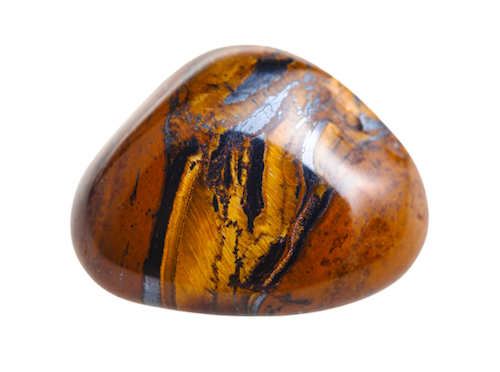Lithotherapy and the benefits of the Tiger’s Eye stone
Origin and history of lithotherapy
Lithotherapy has ancient roots and dates back thousands of years. The Egyptians, Greeks and Romans used stones for their healing properties. Ancient civilizations in Tibet and India also used stones in their spiritual practice. The word lithotherapy comes from the Greek “lithos” which means stone and “therapeia” which means healing. It was in the 1980s that lithotherapy began to gain popularity in Europe, particularly in France.The benefits of the Tiger’s Eye stone
Tiger's eye is a semi-precious stone that is often used in lithotherapy. It has a golden yellow color with brown stripes and is often polished into a cabochon or sphere shape. Tiger's eye is known to have many benefits. It is considered a protective stone that can help repel negative energies and protect against external influences. It can also help build self-confidence and improve self-esteem. In addition to its protective properties, tiger's eye is also considered a stone that can help reduce stress and anxiety. It can help bring mental clarity and strengthen focus. It can also help reduce headaches and joint pain.How to use Tiger's Eye in lithotherapy
There are several ways to use tiger's eye in lithotherapy. The most common method is to wear the stone on oneself in the form of jewelry, such as a necklace or bracelet. This allows the energy of the stone to diffuse throughout the body. Tiger's Eye can also be placed in a specific location in the home or office to help create an atmosphere of protection and security. It is also possible to hold the stone in the hand during meditation to help focus and relax.

